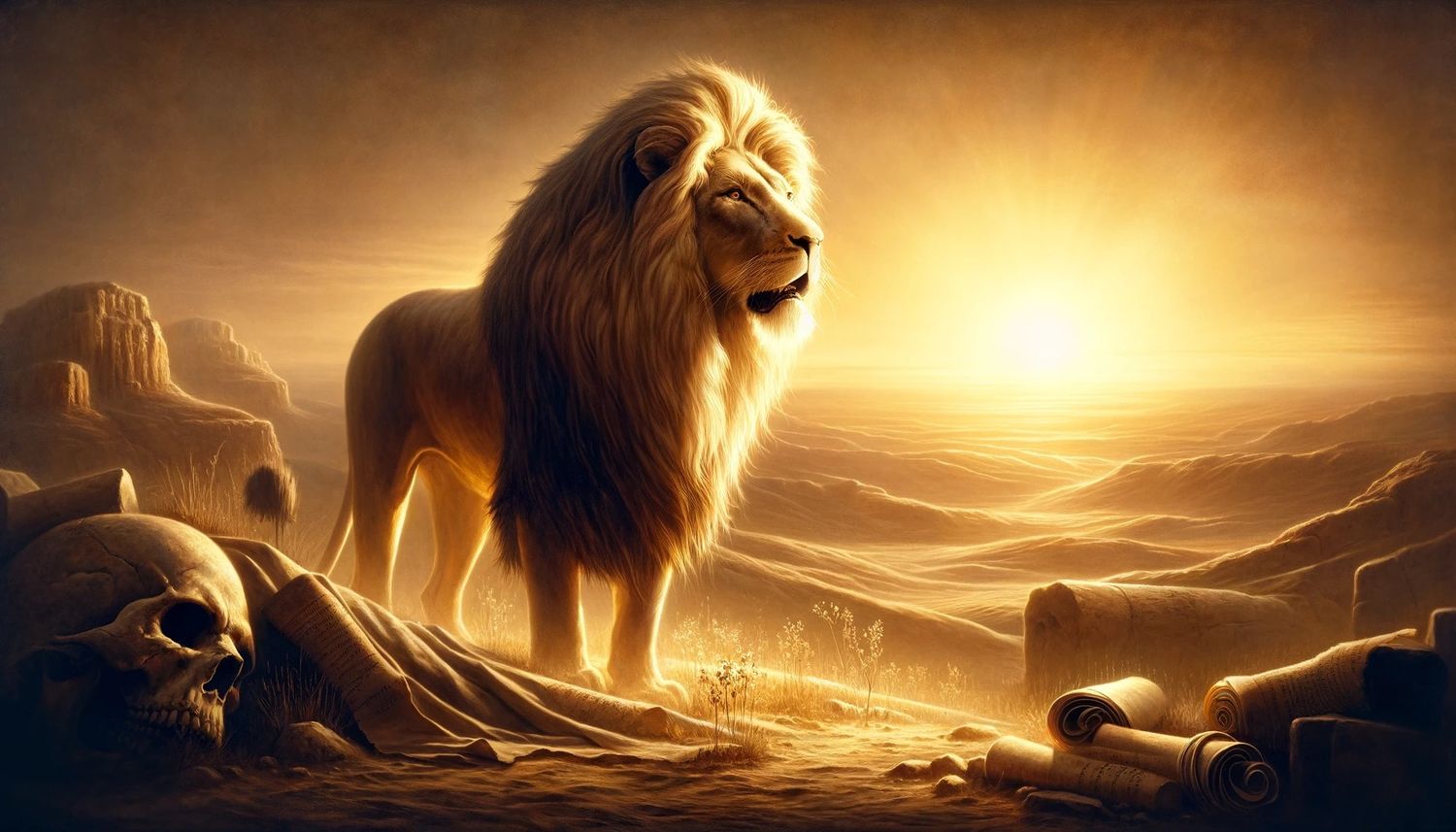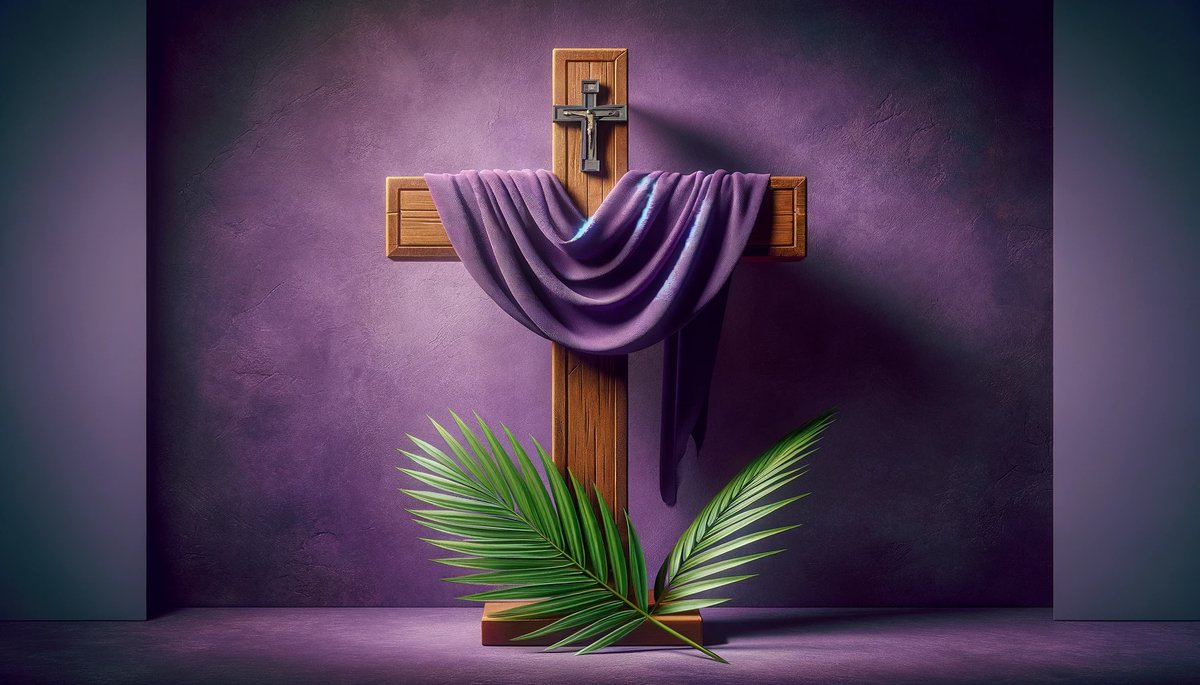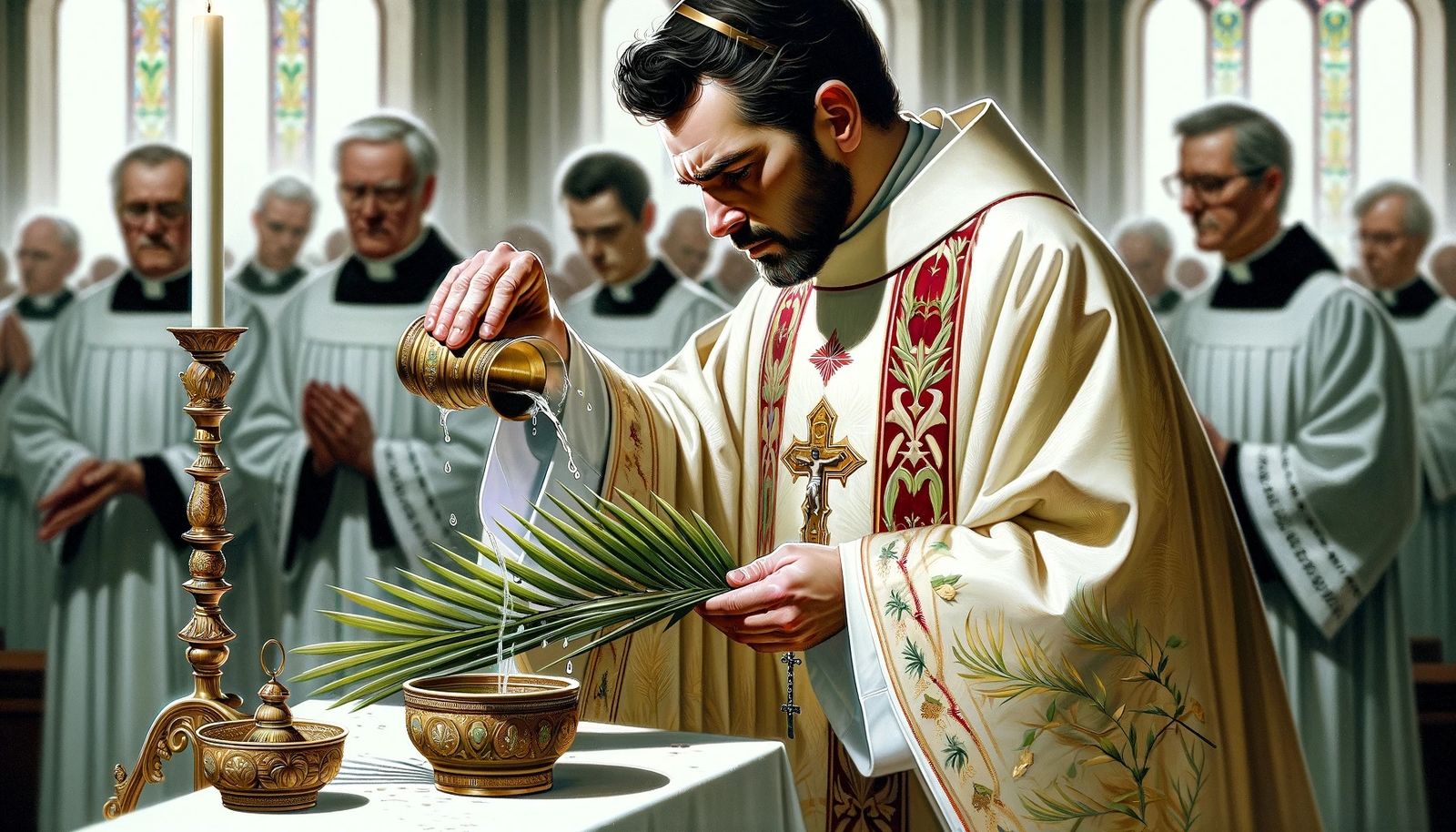Home>Christian Videos>Bible Stories>What Animals Represent The Four Gospels


Bible Stories
What Animals Represent The Four Gospels
Published: March 6, 2024
Peter Smith, Editorial Director at Christian.net, combines deep insights into faith, politics, and culture to lead content creation that resonates widely. Awarded for his contributions to religious discourse, he previously headed a major organization for religious communicators, enhancing dialogue on faith's societal impacts.
Discover the symbolic animals representing the four Gospels in the Bible. Explore the significance of these creatures in biblical stories and teachings. Unlock the spiritual meanings behind the animal symbolism.
(Many of the links in this article redirect to a specific reviewed product. Your purchase of these products through affiliate links helps to generate commission for Christian.net, at no extra cost. Learn more)
Table of Contents
Introduction
What animals represent the four Gospels? The four Gospels in the New Testament of the Bible are Matthew, Mark, Luke, and John. Each of these Gospels is represented by a different symbol, known as the Four Evangelists. These symbols are the lion, the ox, the human, and the eagle. Each animal is associated with a specific Gospel and holds symbolic significance in Christian tradition. In this article, we will explore the meanings behind these representations and their connections to the Gospels.
Read more: What Do The Four Gospels Represent?
The Lion as a Representation of the Gospel of Mark
The Gospel of Mark is symbolized by the lion. The lion is often associated with strength, courage, and royalty, which reflects the themes found in the Gospel of Mark. The Gospel of Mark emphasizes the power and authority of Jesus Christ, portraying Him as the mighty and triumphant King. The lion symbolizes the majestic nature of Jesus and the boldness of His teachings. It also represents the resurrection, as the lion is often seen as a creature of great strength and vitality. In Christian tradition, the lion is a symbol of the divine and is used to convey the message of Jesus' sovereignty and dominion over all things. The lion's roar is also a symbol of the proclamation of the Gospel, echoing the bold and powerful message of salvation found in the Gospel of Mark.
- The lion symbolizes strength, courage, and royalty, reflecting the themes found in the Gospel of Mark.
- It emphasizes the power and authority of Jesus Christ, portraying Him as the mighty and triumphant King.
- The lion represents the resurrection and is a symbol of the divine, conveying the message of Jesus' sovereignty and dominion over all things.
- The lion's roar symbolizes the proclamation of the Gospel, echoing the bold and powerful message of salvation found in the Gospel of Mark.
The lion as the representation of the Gospel of Mark serves as a powerful and enduring symbol of the strength and majesty of Jesus Christ and the boldness of His teachings.
The Ox as a Representation of the Gospel of Luke
The Gospel of Luke is symbolized by the ox. The ox is a creature known for its strength, patience, and service, which aligns with the themes and portrayal of Jesus in the Gospel of Luke. This representation is derived from the sacrificial nature of the ox, reflecting the sacrificial atonement of Jesus Christ. The Gospel of Luke emphasizes Jesus' humanity and His role as a servant to all. The ox symbolizes the humility and selfless service exemplified by Jesus throughout His ministry. In Christian tradition, the ox is also associated with the idea of labor and the yoke, representing the burden of sin that Jesus bore for humanity. The ox's steadfast and diligent nature reflects the Gospel of Luke's focus on compassion, inclusivity, and the call to serve others with love and humility.
- The ox symbolizes strength, patience, and service, aligning with the themes and portrayal of Jesus in the Gospel of Luke.
- It reflects the sacrificial atonement of Jesus Christ and emphasizes His humanity and role as a servant to all.
- The ox symbolizes humility and selfless service, reflecting Jesus' ministry and teachings.
- It is associated with the idea of labor and the yoke, representing the burden of sin that Jesus bore for humanity.
- The ox's steadfast and diligent nature reflects the Gospel of Luke's focus on compassion, inclusivity, and the call to serve others with love and humility.
The ox as the representation of the Gospel of Luke serves as a poignant symbol of Jesus' sacrificial love, humble service, and the call to bear one another's burdens with compassion and grace.
The Human as a Representation of the Gospel of Matthew
The Gospel of Matthew is symbolized by the human. Unlike the other Gospels, the representation of the human figure is unique to the Gospel of Matthew. This symbol signifies the genealogy of Jesus and His identity as the Son of Man. The Gospel of Matthew begins with the genealogy of Jesus, tracing His lineage back to Abraham, emphasizing His connection to humanity. The human figure represents Jesus' earthly incarnation, His role as the fulfillment of the Messianic prophecies, and His embodiment of the human experience. It reflects the Gospel's focus on Jesus' teachings, His compassion for humanity, and His role as the ultimate example of righteousness and obedience to God. The human symbol in the Gospel of Matthew underscores the universal relevance of Jesus' message and His mission to bring salvation to all people, transcending cultural and societal boundaries.
- The human figure signifies the genealogy of Jesus and His identity as the Son of Man, emphasizing His connection to humanity.
- It represents Jesus' earthly incarnation, His fulfillment of the Messianic prophecies, and His embodiment of the human experience.
- The human symbol reflects the Gospel's focus on Jesus' teachings, His compassion for humanity, and His role as the ultimate example of righteousness and obedience to God.
- It underscores the universal relevance of Jesus' message and His mission to bring salvation to all people, transcending cultural and societal boundaries.
The human as the representation of the Gospel of Matthew serves as a profound symbol of Jesus' humanity, His divine purpose, and His message of redemption and hope for all humankind.
The Eagle as a Representation of the Gospel of John
The Gospel of John is symbolized by the eagle. The eagle is a creature known for its keen sight, soaring flight, and association with the heavens, which aligns with the themes and portrayal of Jesus in the Gospel of John. The eagle symbolizes the divine nature of Jesus Christ and His heavenly origins. It reflects the Gospel's emphasis on Jesus' identity as the Son of God and His eternal existence. In Christian tradition, the eagle is also associated with the concept of renewal and spiritual rebirth, symbolizing the transformative power of Jesus' teachings and the promise of eternal life. The eagle's ability to soar to great heights represents the Gospel of John's focus on the lofty and profound nature of Jesus' teachings, as well as His transcendent authority and divine wisdom.
- The eagle symbolizes keen sight, soaring flight, and association with the heavens, aligning with the themes and portrayal of Jesus in the Gospel of John.
- It represents the divine nature of Jesus Christ, His heavenly origins, and His identity as the Son of God.
- The eagle symbolizes renewal and spiritual rebirth, reflecting the transformative power of Jesus' teachings and the promise of eternal life.
- Its ability to soar to great heights represents the Gospel of John's focus on the lofty and profound nature of Jesus' teachings, as well as His transcendent authority and divine wisdom.
The eagle as the representation of the Gospel of John serves as a powerful symbol of Jesus' divine nature, His teachings that elevate the human spirit, and the promise of spiritual renewal and eternal life found in the Gospel.
Read more: What Do The Four Advent Candles Represent
Conclusion
In conclusion, the representation of animals in the four Gospels holds deep symbolic significance in Christian tradition. The lion, ox, human, and eagle each convey unique aspects of Jesus' nature, teachings, and divine mission. The lion symbolizes strength and the proclamation of the Gospel in the Gospel of Mark, while the ox represents humility and sacrificial service in the Gospel of Luke. The human figure in the Gospel of Matthew underscores Jesus' universal relevance and His embodiment of the human experience, and the eagle in the Gospel of John symbolizes Jesus' divine nature, wisdom, and the promise of eternal life. These representations serve as powerful reminders of the multifaceted nature of Jesus Christ and the profound impact of His teachings on humanity. The symbols of the Four Evangelists continue to inspire and guide believers, offering a deeper understanding of the Gospels and the enduring message of hope, redemption, and salvation they proclaim.














